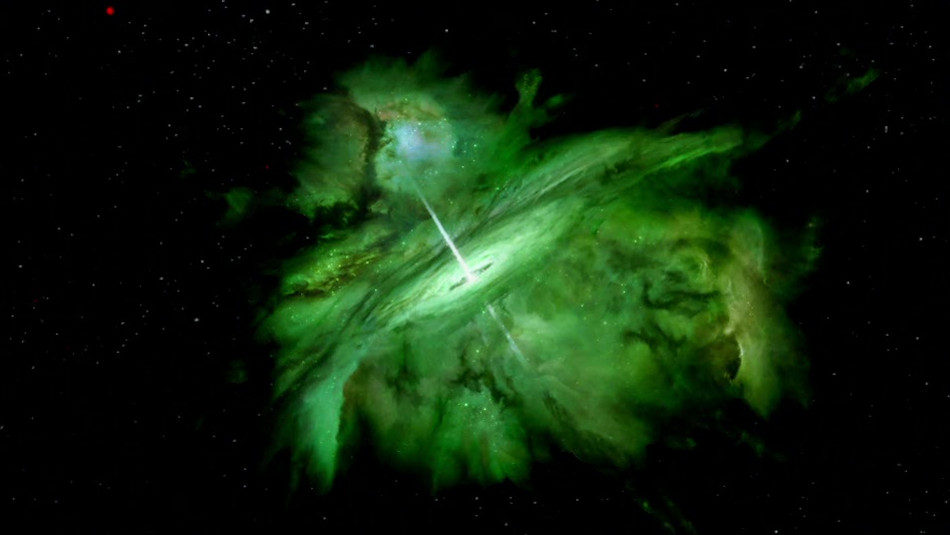Difference between revisions of "quasar"
From Trekipedia
m |
m |
||
| Line 1: | Line 1: | ||
| − | {{ImageInfoBox2 | + | {{ImageInfoBox2|file=murasaki_312-tos13.jpg|caption=The [[Murasaki 312]] quasar-like phenomenon ({{TOS14}})}} |
| − | {{ | + | {{First|{{TOS14}} ([[1967 (Production)#JAN05|5 Jan 1967]])}} |
| − | {{ | + | {{Ad|AmazonTOSBD}} |
|}</div> | |}</div> | ||
| + | {{BannerPrime}} | ||
A quasar, which was a shortened term for quasi-stellar object, was an extremely powerful and compact source of energy, typically located billions of [[light years]] outside of the the [[Milky Way galaxy]].<ref name="STSL"/> | A quasar, which was a shortened term for quasi-stellar object, was an extremely powerful and compact source of energy, typically located billions of [[light years]] outside of the the [[Milky Way galaxy]].<ref name="STSL"/> | ||
| − | {{ | + | {{Wikipedia|Quasar}} |
{{References}} | {{References}} | ||
<references> | <references> | ||
Latest revision as of 17:39, 4 April 2023
quasar
| First Appearance | TOS14 (5 Jan 1967) |
| Advertising |
A quasar, which was a shortened term for quasi-stellar object, was an extremely powerful and compact source of energy, typically located billions of light years outside of the the Milky Way galaxy.[1]

